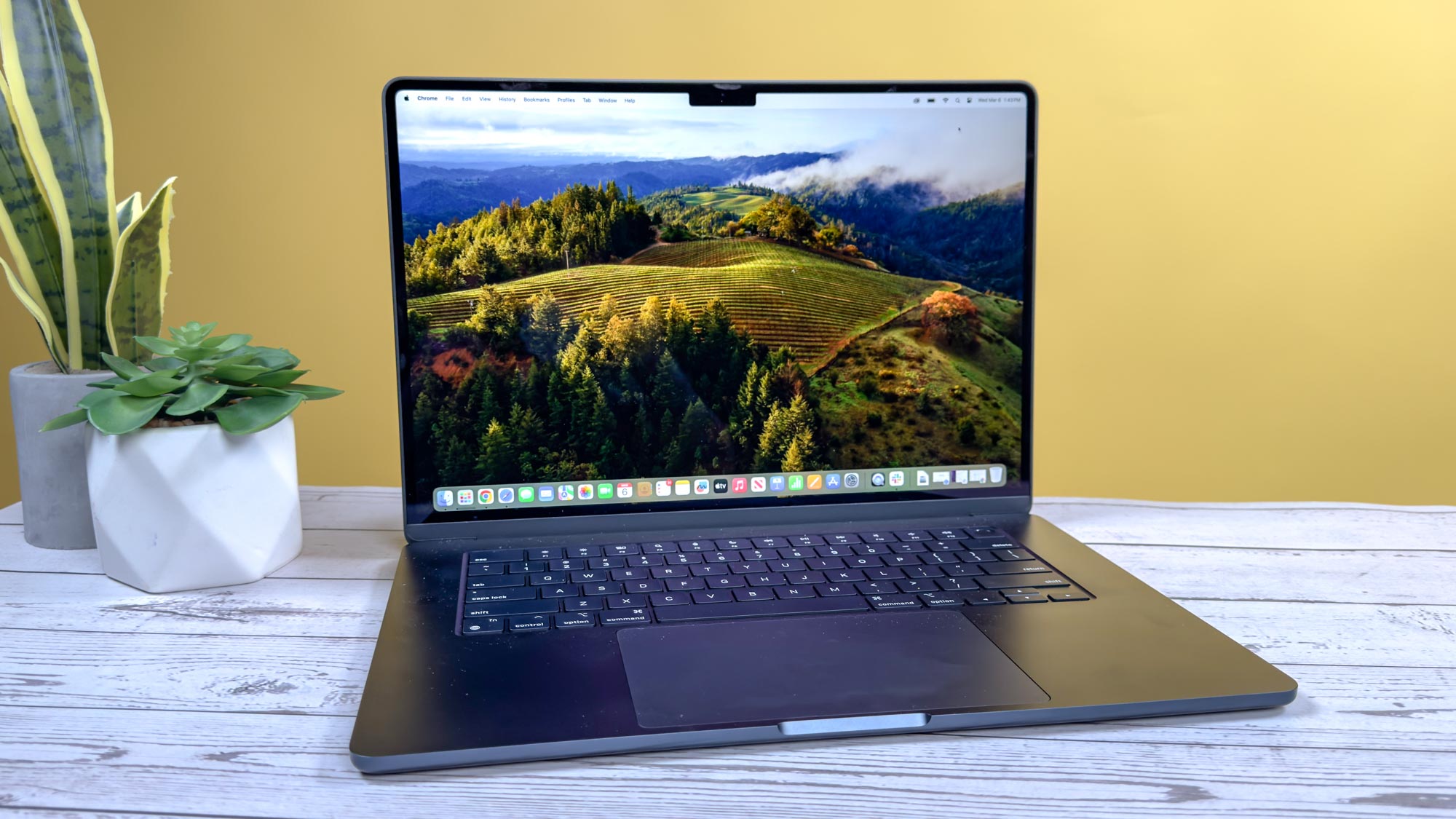
The MacBook Air comes in two sizes, each packing the company's M3 chip. Both the MacBook Air 13-inch M3 and MacBook Air 15-inch M3 deliver the fastest performance for the line while retaining the ultraportable design we've come to expect. And now that the most recent models start with 16GB of RAM, Apple's popular laptops are better than ever.
Though it had a good run, the MacBook Air M1 is officially dead as the company no longer sells it on its online store. Apple’s most affordable laptop has occupied a spot on our best MacBooks and best laptops lists since it was released in 2020 due to the value it offered. With the MacBook Air M2 now at $999 and also starting with 16GB of RAM, it seems there’s no room for the M1 MacBook Air.
The 13- and 15-inch MacBook Airs are the (relatively) new kids on the block while the 13-inch MacBook Air M2 is now Apple’s cheapest notebook. That being the case, should you upgrade to the MacBook Air M3 if you own a MacBook Air M1? Below, we’ll detail reasons for and against upgrading.
Also, don't forget to check out all the news about the recently announced M4 Macs.
MacBook Air M3 vs MacBook Air M1: Specs
MacBook Air M3 vs MacBook Air M1: Reasons to upgrade
M3 power
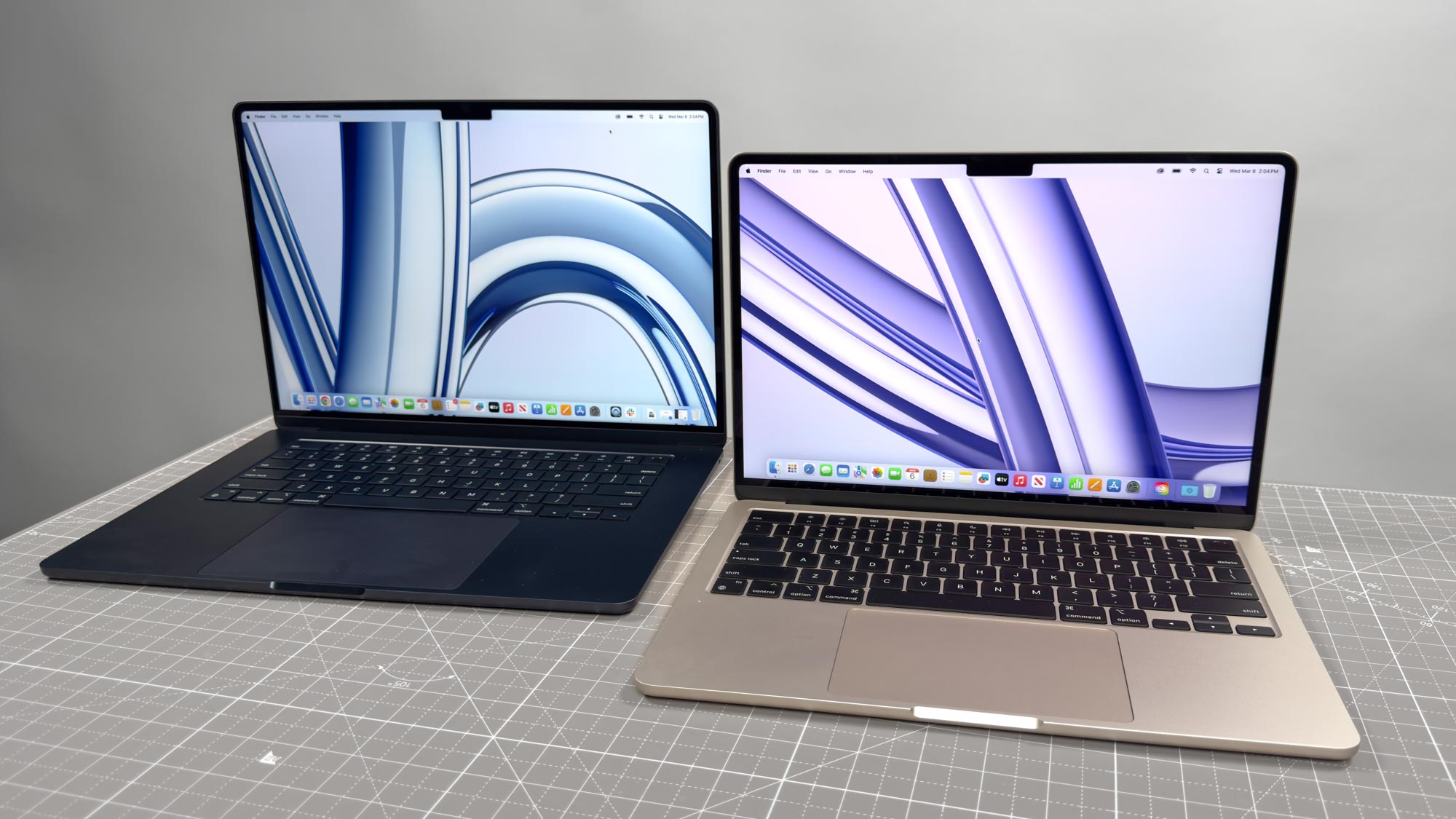
The most obvious reason to upgrade from an M1 MacBook Air to one of the M3 models is the power the M3 chip provides.
The M3 MacBook Air is 60% faster than the MacBook Air M1 and up to 13 times faster than even the fastest Intel-powered MacBook Air. You can get a MacBook Air with an M3 chip packing a 10-core GPU that’s 65% faster than M1 for graphics performance. It also has an 8-core CPU (4 performance, 4 efficiency) that’s 35% faster than M1 for computing performance. The M3 chip supports up to 24GB of unified memory, while the MacBook Air M1 tops out at 16GB of RAM.
M3 packs an enhanced Neural Engine meant to accelerate machine learning (ML) models. This Neural Engine is up to 60% faster than in the M1 series. M3 processors also have an advanced media engine that provides hardware acceleration for video codecs like H.264, HEVC, ProRes and ProRes RAW. The media engine also supports AV1 decoding for better video streaming.
Thanks to the M3's GPU, the M3 MacBook Air supports hardware-accelerated mesh shading and ray tracing, which delivers more accurate lighting, reflections, and shadows in games. As we discussed in our review of the 14-inch MacBook Pro with M3, these features make games like Lies of P and Baldur’s Gate 3 look absolutely stunning on Apple’s hardware.
The M1 chip offered a significant boost in power over older Intel MacBooks but we didn’t see such a wide gulf between the M1 and M2 chip — as our M2 benchmarks demonstrated. However, there’s a bigger difference between the M3 and M1 chips. If you want the most powerful MacBook Air yet, then you should upgrade from the MacBook Air M1 to the M3.
Updated design
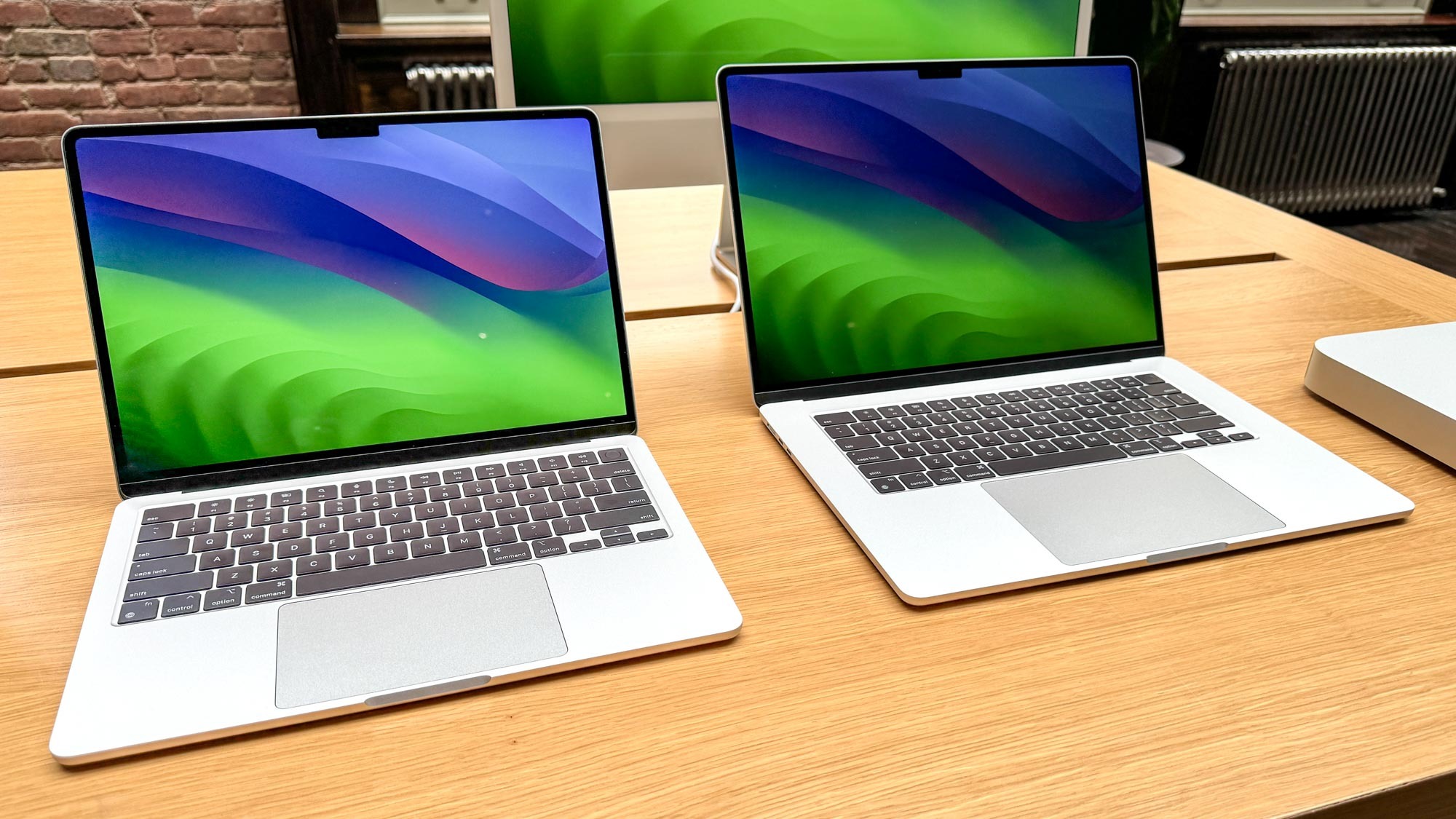
The next reason to upgrade from an M1 MacBook Air to an M3 Air is for the updated design. While the M1-powered laptop isn’t offensive to the eyes, its once-iconic tapered design now makes it seem like a relic from a bygone era. In contrast, both the M2 and M3 MacBook Airs feature the sleek and minimalist build introduced with 2021’s MacBook Pro 14-inch and MacBook Pro 16-inch.
Though the M2 and M3 MacBook Air 13-inch are 20% smaller than the previous Air in terms of volume, they have a bigger 13.6-inch display thanks to the laptops’ thinner bezels. The Air M3 has a notch at the top of the screen, which could be distracting to some since the notch breaks the aesthetics by stretching down to the bottom of the Menu bar.
The 2.7-pound unibody aluminum chassis balances durability and lightness. The M3 laptop also comes in four colors: Starlight, Silver, Space Gray and Midnight. The latter utilizes the same fingerprint-resistant technology introduced in last year's MacBook Pro 14-inch M3 Pro and MacBook Pro 16-inch M3 Max laptops.
If you want a more modern-looking notebook, then you should upgrade to the MacBook Air M3.
Better display
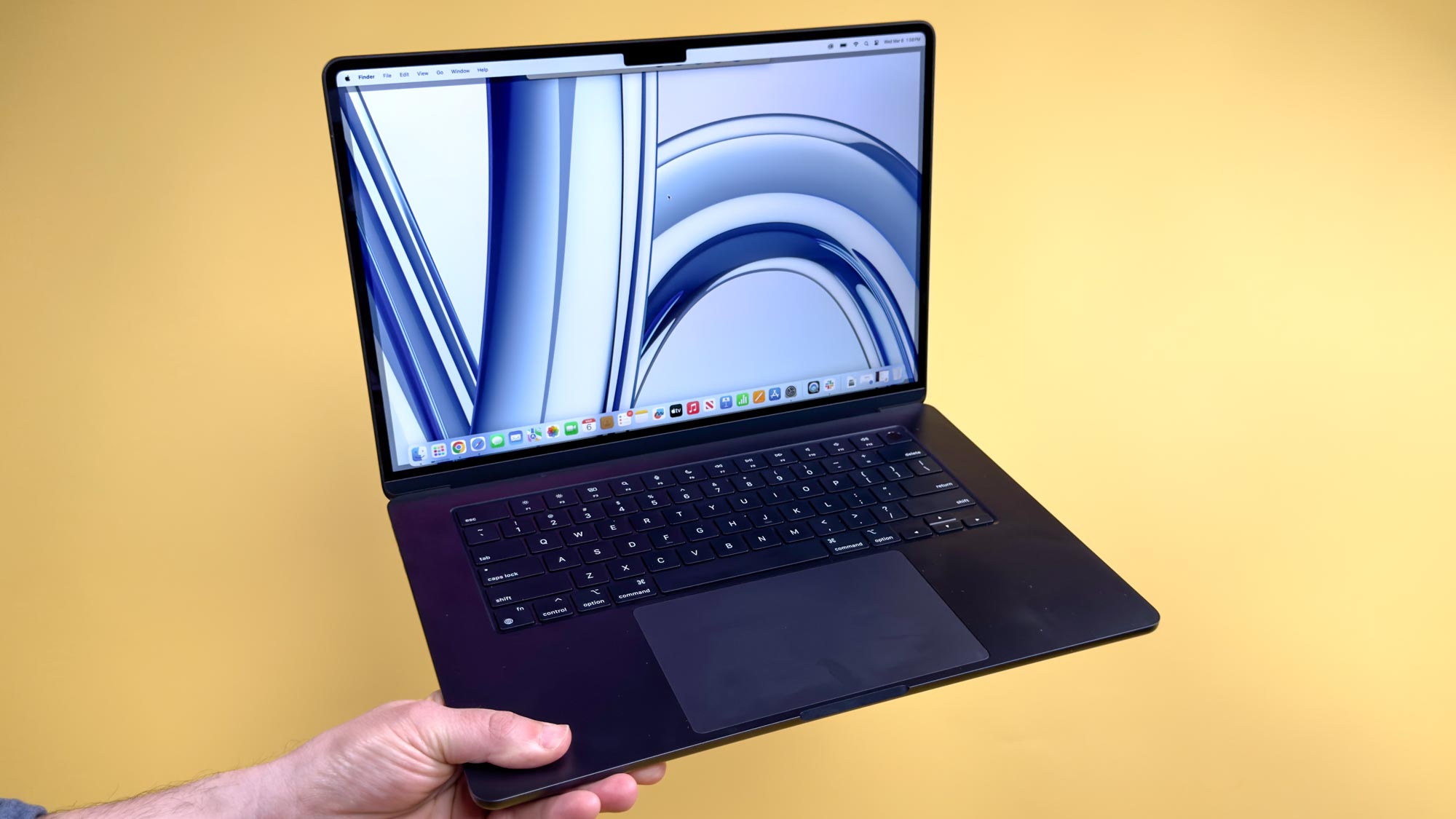
Like its predecessor, the new MacBook Air M3 has a 13.6-inch (2,560 x 1,664) Retina display. In our lab tests, the Air M3 averaged 476 nits of brightness and peaked at 498 nits with HDR content. It also registered 109.8% of the sRGB color gamut and 77.8% of the more demanding DCI-P3 color space.
The old MacBook Air M1 has a 13.3-inch (2,560 x 1,600) Retina display. According to our colorimeter test, it produced 114.3% of the sRGB spectrum and delivered up to 365.8 nits of brightness. While the Air M1 produced a tad more of the sRGB color gamut, the Air M3 is decidedly brighter. The Air M3 also has a higher pixel count due to its larger screen.
The M1 Air's display still looks great but its M3 counterpart has the overall better panel.
MacBook Air M3 vs MacBook Air M1: Reasons not to upgrade
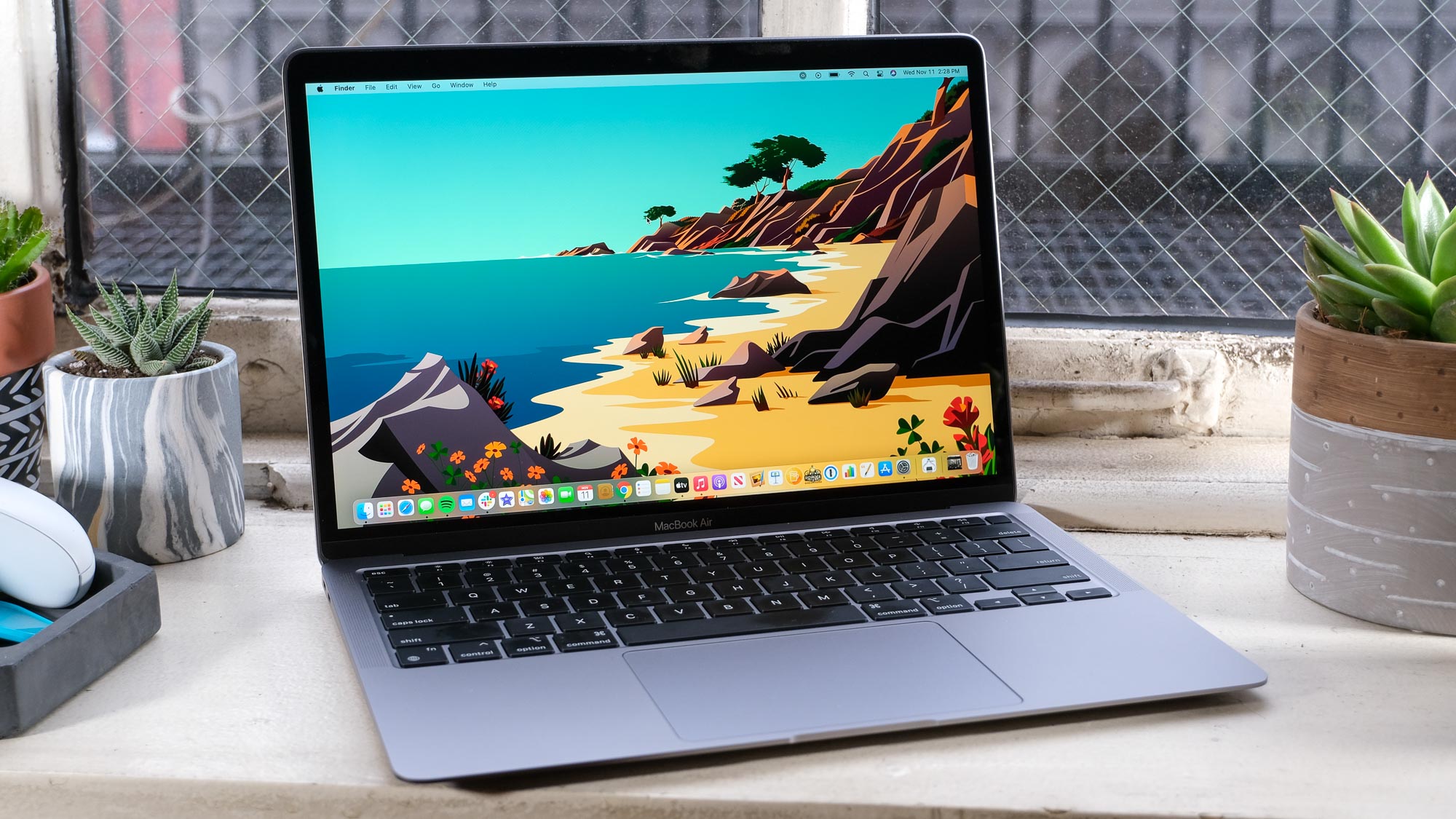
M1 Air offers still excellent performance and battery life
The M3 chip certainly delivers better performance than M1, based on our testing. If that's your priority, you should consider getting the new M3-powered 13- and 15-inch laptops. However, if you don’t need the performance boost M3 provides, you might be better off sticking with the MacBook Air M1 you currently own.
The MacBook Air M1 is still great for general use — including writing, work, video streaming and light gaming. And while the M1 chip isn’t exactly new, its performance is sometimes better than the best Windows laptops in its price range. Its nearly 15 hours of battery life also embarrasses even the latest Windows machines.
MacBook Air M3 vs MacBook Air M1: Bottom line
To summarize, upgrade to the MacBook Air M3 if you want a laptop with beefier hardware, more power for AI-enabled tasks and a sleeker, more modern design. Conversely, stick with the MacBook Air M1 if you’re still happy with what it provides. If you’re new to MacBooks, then the $999 MacBook Air M2 serves as a great entry point.







